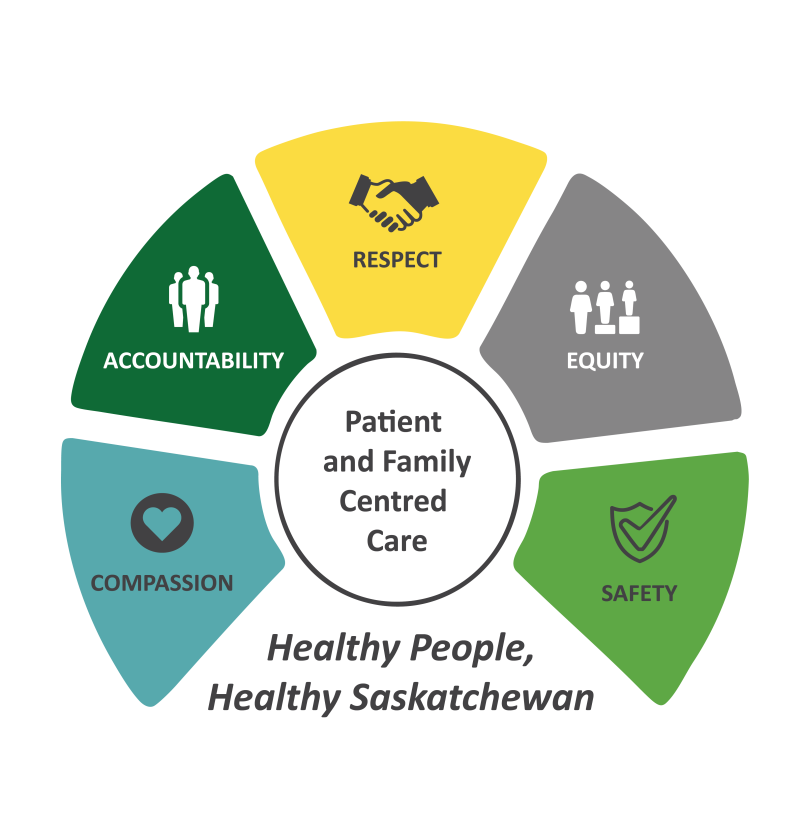Training for dried blood spot testing improves health-care access
Testing for sexually transmitted and blood-borne infections (STBBIs) is now more accessible for residents in rural and remote areas of Saskatchewan. In October 2024, dried blood spot testing became available for STBBI screening in communities with limited laboratory access.
 Licensed practical nurses (LPNs), registered nurses (RNs), and registered psychiatric nurses (RPNs) interested in training for dried blood spot collection can contact the Saskatchewan Health Authority (SHA) provincial STBBI coordinator and view the clinical procedure for more information. Training for this testing takes approximately one to two hours.
Licensed practical nurses (LPNs), registered nurses (RNs), and registered psychiatric nurses (RPNs) interested in training for dried blood spot collection can contact the Saskatchewan Health Authority (SHA) provincial STBBI coordinator and view the clinical procedure for more information. Training for this testing takes approximately one to two hours.
Dried blood spots are collected using a finger prick, with blood applied directly to a filter paper. These specimens are used to test for STBBIs, including hepatitis B and C, human immunodeficiency virus (HIV) and syphilis.
“The advantage of dried blood spot testing is that the process for collecting a blood sample is simple,” said Jacqui Kennett-Peppler, SHA Executive Director of Primary Health Care Southeast.
By increasing access to STBBI testing in rural and remote areas, the SHA is prioritizing patient safety and empowering individuals to manage their health—the SHA’s CARES values brought to life.
Top: Finger prick to collect a dried blood spot sample for STBBI testing. Photo sourced with permission from National Microbiology Laboratory, Dried Blood Spot video (2022).
Bottom: Dried blood spot test sample. Photo sourced with permission from National Microbiology Laboratory, Dried Blood Spot video (2022).


